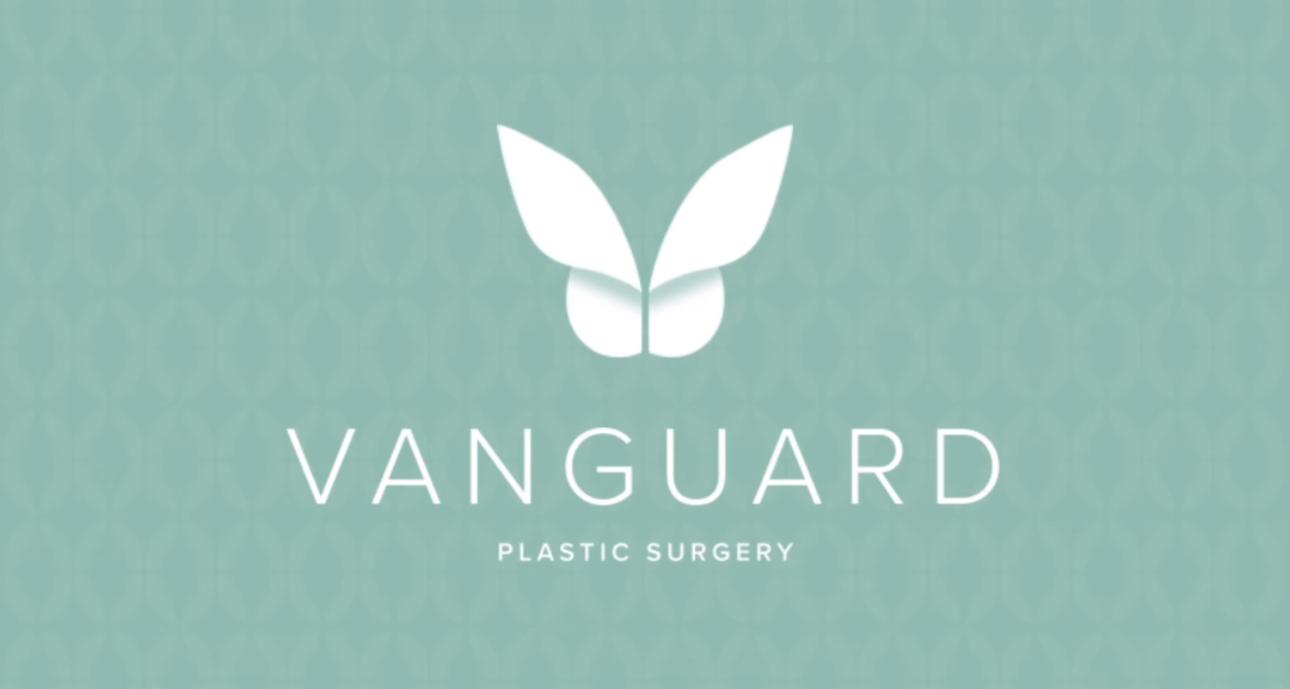Rhinoplasty, commonly known as a nose job, is a surgical procedure to reshape or resize the nose. Some potential benefits of rhinoplasty include:Improved facial harmony: Rhinoplasty can enhance the overall balance and symmetry of the face by reshaping the nose to better fit the features of the face.
Correction of breathing problems: In some cases, rhinoplasty can improve airflow and functionality of the nose, helping to address breathing issues such as a deviated septum.
Boost in self-confidence: Many individuals report feeling more confident and satisfied with their appearance after rhinoplasty, which can have a positive impact on self-esteem.
Correction of structural defects: Rhinoplasty can address structural issues such as bumps on the bridge of the nose, a crooked nose, a bulbous tip, or a nasal hump.
Treatment of injuries: Rhinoplasty can also be used to repair damage to the nose caused by trauma or injury, restoring both aesthetics and function.
As with any cosmetic surgery, it's essential to consult with a qualified plastic surgeon to discuss your goals, expectations, and medical history, as well as to understand the potential risks and limitations of the procedure.

A neck lift, also known as lower rhytidectomy, is a surgical procedure that aims to improve the visible signs of aging in the neck and jawline. Here are some potential benefits of a neck lift:
Correction of sagging skin: A neck lift can help tighten loose or sagging skin in the neck area, reducing the appearance of jowls and creating a more defined jawline.
Reduction of wrinkles and lines: By removing excess skin and fat, a neck lift can smooth out wrinkles and lines in the neck and jaw area, giving a more youthful appearance.
Improved neck contour: This procedure can enhance the overall contour of the neck, creating a more sculpted and youthful profile.
Boost in self-confidence: Many individuals report feeling more confident and satisfied with their appearance after a neck lift, which can have a positive impact on self-esteem.
Long-lasting results: The results of a neck lift can be long-lasting, especially when combined with a healthy lifestyle and skincare regimen.
It's important to consult with a board-certified plastic surgeon to determine if a neck lift is the right procedure for you, as well as to discuss your goals, expectations, and any potential risks associated with the surgery.
A tummy tuck, medically known as abdominoplasty, is a surgical procedure aimed at improving the appearance of the abdomen by removing excess skin and fat and tightening the underlying muscles. It's commonly sought by individuals who have loose or sagging abdominal skin and weakened abdominal muscles, often due to factors such as pregnancy, significant weight loss, or aging.
Here's an overview of what the tummy tuck procedure typically involves:
Consultation: Before the surgery, you'll have a consultation with a plastic surgeon. During this appointment, you'll discuss your goals, medical history, and the potential risks and benefits of the procedure. Your surgeon will evaluate your abdominal area to determine the most appropriate surgical approach.
Anesthesia: Tummy tucks are usually performed under general anesthesia, which means you'll be unconscious during the procedure. In some cases, local anesthesia with sedation may be used instead.
Incisions: The surgeon will make incisions in the lower abdomen, typically extending from hip to hip, just above the pubic area. The exact length and placement of the incisions may vary depending on the extent of the correction needed and the specific technique used.
Tissue removal and muscle repair: After making the incisions, the surgeon will remove excess skin and fat from the abdominal area. If necessary, they may also tighten or repair the underlying abdominal muscles to create a firmer and more toned appearance. This step can help address abdominal bulging or diastasis recti (separation of the abdominal muscles).
Skin repositioning: Once the excess tissue has been removed and the muscles tightened, the remaining skin is repositioned and redraped over the abdomen for a smoother and more contoured appearance.
Closure: The incisions are carefully closed with sutures or other methods to minimize scarring. In some cases, drains may be placed temporarily to prevent fluid buildup during the initial stages of healing.
Recovery: After the surgery, you'll need to follow your surgeon's post-operative instructions carefully. This may include wearing compression garments, avoiding strenuous activities, and attending follow-up appointments. Swelling, bruising, and discomfort are common after a tummy tuck but typically subside over time.
It's important to choose a qualified and experienced plastic surgeon for your tummy tuck procedure to ensure the best possible results and minimize the risk of complications. Additionally, maintaining a healthy lifestyle with regular exercise and a balanced diet can help prolong the results of your tummy tuck.






